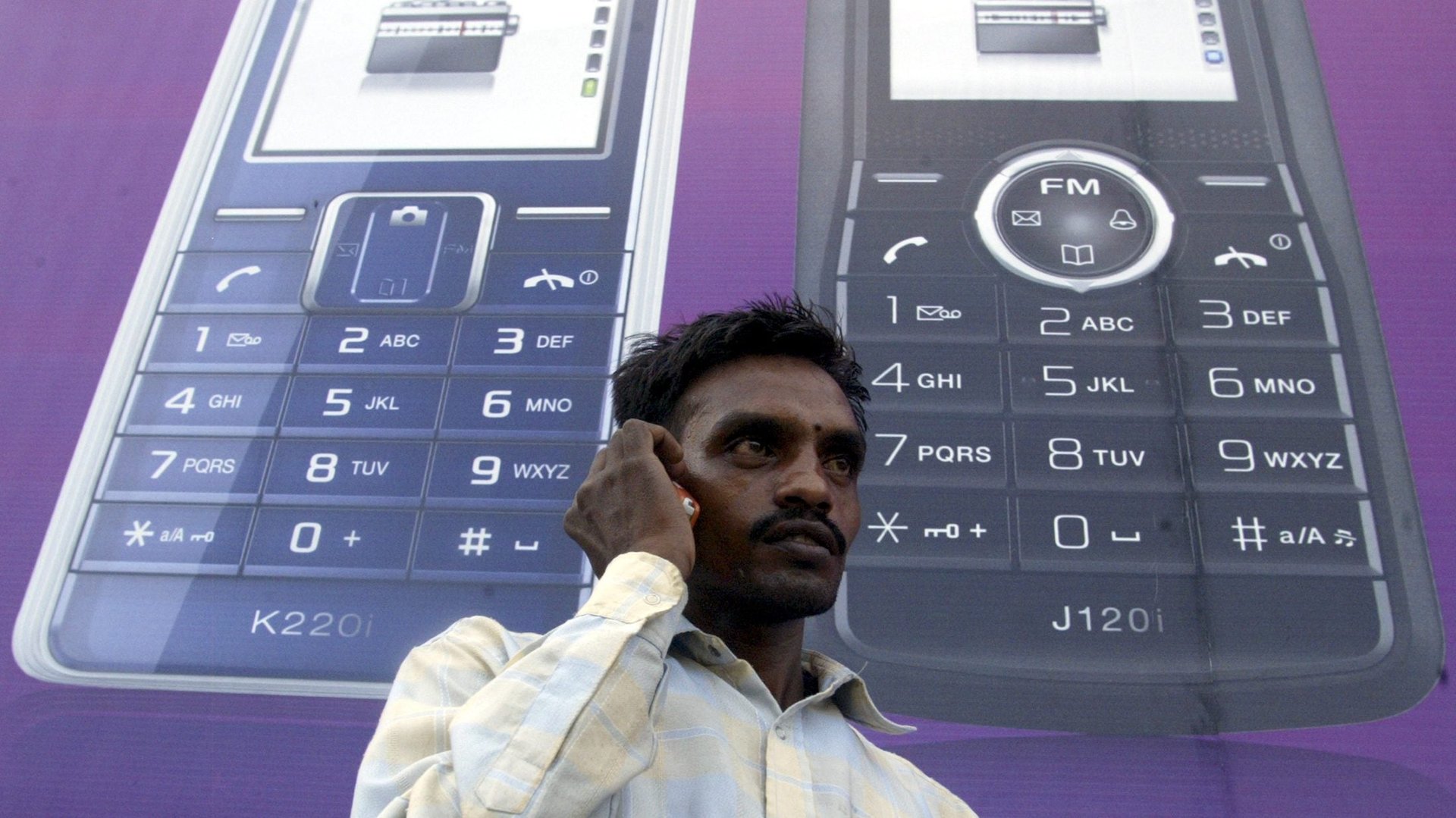India’s central bank launches digital payment service for feature phones
In a step towards digital inclusion, India’s central bank today (March 8) launched its flagship payment service—the Unified Payments Interface or UPI—for people using feature phones.


In a step towards digital inclusion, India’s central bank today (March 8) launched its flagship payment service—the Unified Payments Interface or UPI—for people using feature phones.
So far, UPI payments have been limited to smartphones with internet connections.
“UPI123Pay will digitally empower millions across the country and help NPCI [National Payments Corporation of India] achieve its dream of billion-plus daily UPI transactions,” Biswamohan Mahapatra, chairman of India’s digital payment regulatory authority NPCI said.
How can feature phone users make UPI payments?
Nearly 440 million people in India still use feature phones.
Using UPI123Pay, they can conduct UPI transactions using unstructured supplementary service data (USSD), a service similar to SMS, which does not require an internet connection.
The NPCI had launched the USSD-based mobile banking service called *99# in 2012. It was initially introduced for BSNL and MTNL users, but four years later expanded to Airtel and Vodafone Idea as well. Unfortunately, the service did not quite help boost digital transactions in remote areas.
There are 83 Indian banks, supported by 13 regional languages, live on USSD.
Digital payments boom in India
In India, UPI is the most popular digital payments method, particularly for small-value purchases. It facilitated 4.52 billion transactions worth 8.26 lakh crore rupees ($107.4 billion) in February, according to NPCI.
The adoption of digital payments has moved beyond the country’s metro cities to tier-2 and 3 cities, and even rural areas. The RBI’s bi-annual digital payments index for September 2021 stood at 304.06, as against 217.74 a year ago.